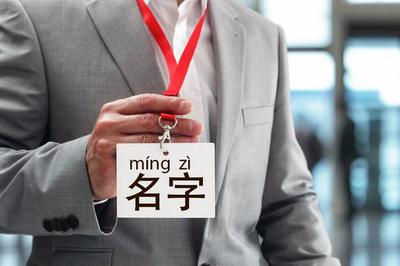
How to Say Numbers in Chinese
This was the first article of 48 I published for the TutorMing blog. As a “how to” article, it aims to make the subject of learning Mandarin Chinese numbers clear to the audience and encourages association of effective learning methods with the TutorMing brand. It currently ranks #1 on Google and is quoted in the featured snippet for “how to say numbers in Chinese,” and “how to read numbers in Chinese.” It was viewed 2.6K times in ten months and now has 176 shares.



















